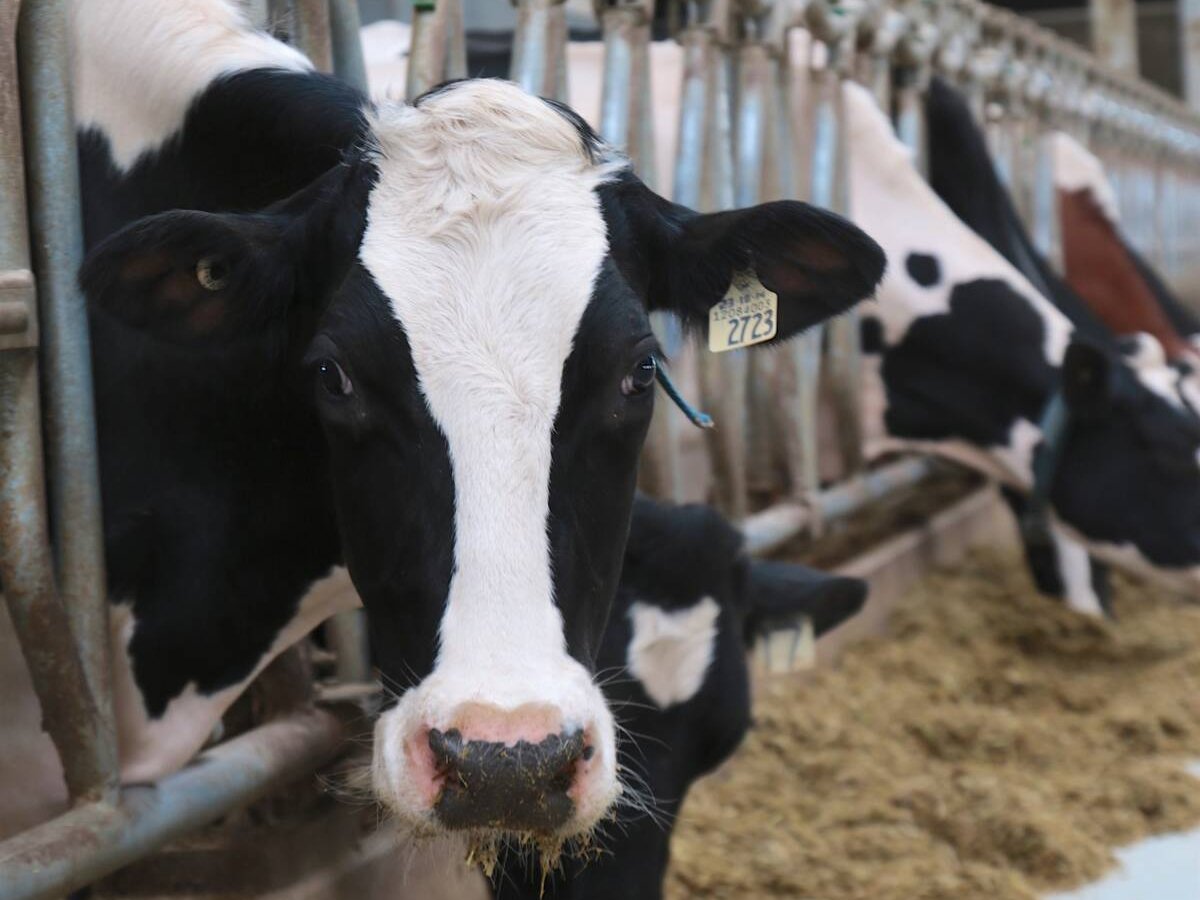Comprehensive effort | Farmers not convinced wider flow channel on Lake Manitoba will be answer
PORTAGE LA PRAIRIE — Craig Finnie had 600 acres of nice-looking canola growing this June, but he chose the wrong place to grow it.
The late June rainstorm that soaked a wide swath of eastern Saskatchewan and southwestern Manitoba caused the Assiniboine River to swell, which prompted the Manitoba government to open the Portage Diversion and then deliberately break the diversion banks to take pressure off the system.
A sheet of water covered Finnie’s crop, which lies beside the diversion.
“It was all brown and dead after five or six days,” said Finnie, who estimated his losses at $250,000.
Read Also

The Organization for Economic Co-operation and Development lauds Canada’s low farm subsidies, criticizes supply management
The Organization for Economic Co-operation and Development lauded Canada’s low farm subsidies, criticized supply management in its global survey of farm support programs.
That’s part of living and farming beside the Portage Diversion, but it’s also the reality of farming east of Portage la Prairie, along the shores of Lake Manitoba and on the western Assiniboine.
Farmers on all parts of the Assiniboine River drainage system have been suffering heavy losses from the floods of 2011 and 2014. They hope to see governments find a way to help the once friendly river return to its peaceful ways.
Farmers are digesting the possible impact of the Manitoba government’s plans to build a bigger outflow channel at the north end of Lake Manitoba’s south basin, but some worry the plans are neither big nor comprehensive enough.
Lorne Henry farms at the Hoop and Holler bend, which the government floods to take pressure off the Assiniboine River in flood years. He said Lake Manitoba needs a bigger outlet than the Fairford dam, but a bigger outlet that takes too little water out of an already bloated lake won’t avoid recent problems.
“We’ve got to be able to lower that lake,” said Henry, who worked with government officials, engineers and other stakeholders last winter to try to find long-term solutions.
“It’s got to be a comprehensive effort,” he said. “To keep it at (5,000 to 7,500 cubic feet per second) sets us up for trouble already.”
The proposed outflow channels would remove less than 8,000 cubic feet per second, but the Portage Diversion can add up to 35,000 cubic feet per second into Lake Manitoba when it’s fully opened.
Finnie said mass inundation will occur in any future flood if Lake Manitoba isn’t dropped to 809 to 810 feet above sea level before the spring surge instead of the 812 feet it has been allowed to reach in recent years.
“It won’t do anything in a real flood,” said Henry.
As well, he said the bigger channel might not achieve much for farmers without a comprehensive solution that includes preventing upstream drainage, improving winter and spring monitoring and widening the Assiniboine east of Portage la Prairie so that it can carry more water.
Henry said talk of “one in 200 year” floods gives a false sense of security because the frequency of massive flooding has greatly increased in the last 20 years.
Those sorts of floods are likely to come every few years now rather than once in two centuries.
“The world has changed,” he said.
It means the Portage Diversion is likely to be used regularly and that both it and the Lake Manitoba outflow channel need to be designed for heavier use than many have previously expected.
Finnie, like many farmers throughout the Assiniboine River system, accepts the necessity for the province to shunt water from the Assiniboine to Lake Manitoba to protect homeowners near Winnipeg.
However, he thinks farmers along the diversion and around Lake Manitoba should receive fair compensation when they suffer the consequences.
As well, the system should be designed to prevent the problems occurring in the first place.
“If they want to flow water into Lake Manitoba, they’ve got to be able to pass it through,” Henry said.
The newly formed Assiniboine River Commission is holding a conference in Regina Nov. 12-14 to begin work on watershed-wide planning to avoid flooding problems such as what has occurred in the Portage l“““““““““““““““a Prairie and Lake Manitoba areas.















